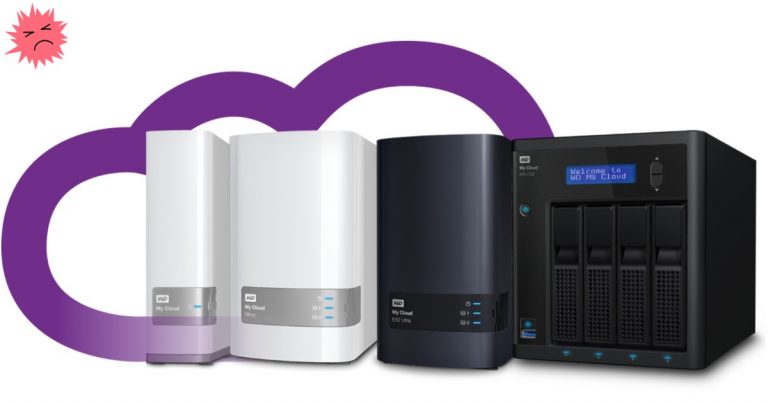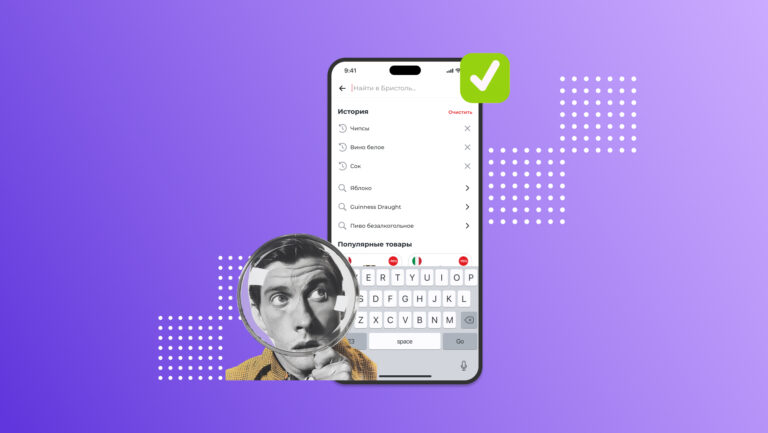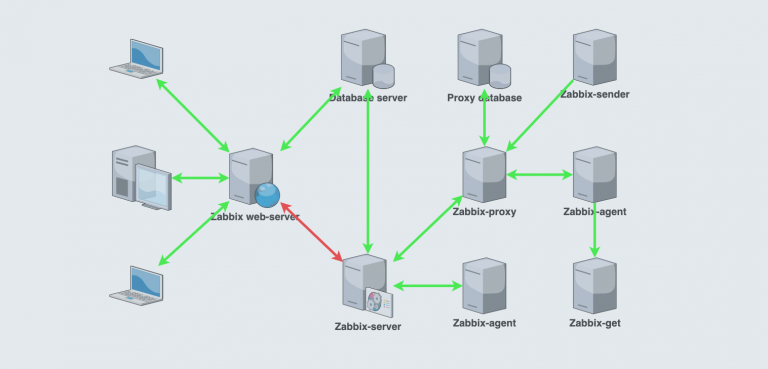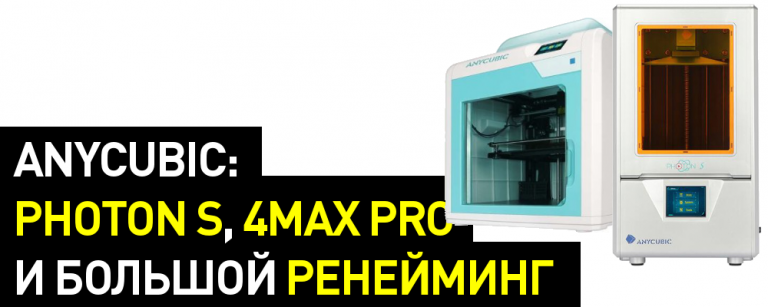an overview of the capabilities of the new “raspberry”

A few days ago, the Raspberry Pi Foundation launched the sale of a new model that many have been waiting for – the Raspberry Pi Zero 2 W. This board is a logical continuation of the “crimson evolutionary tree” and offers enhanced capabilities compared to the previous version.
In general, the Raspberry Pi Zero W is a good system that can be used for a wide range of projects. But the second version is even better, so there may be more projects. About what the new product is capable of – under the cut.
First – about the characteristics
Yes, I propose to immediately evaluate the characteristics of the new system, and then talk about the possibilities provided by these characteristics. Here are the key points:
• Processor: Broadcom BCM2710A1 (BCM2837) (4 × 1GHz Cortex-A53)
• Graphics: Broadcom VideoCore IV
• RAM: 512MB LPDDR2
• Memory: MicroSD
• Network interfaces: 2.4GHz 802.11b / g / n Wi-Fi, Bluetooth 4.2
• Ports: Mini-HDMI, Micro-USB 2.0 OTG, CSI (camera connection), 40-pin GPIO
• Power supply: micro-USB, the device consumes 0.1 A with a maximum load of 0.35 A.
• Dimensions: 65 × 30 mm, weight – 9 g.
On the platform side, it’s the Raspberry Pi RP3A0, which integrates Broadcom’s SoC and RAM. This is done as a solution to the problem of increasing the size of the SoC. It would not have been possible to place the RAM separately, so I had to find a way to combine the two subsystems.
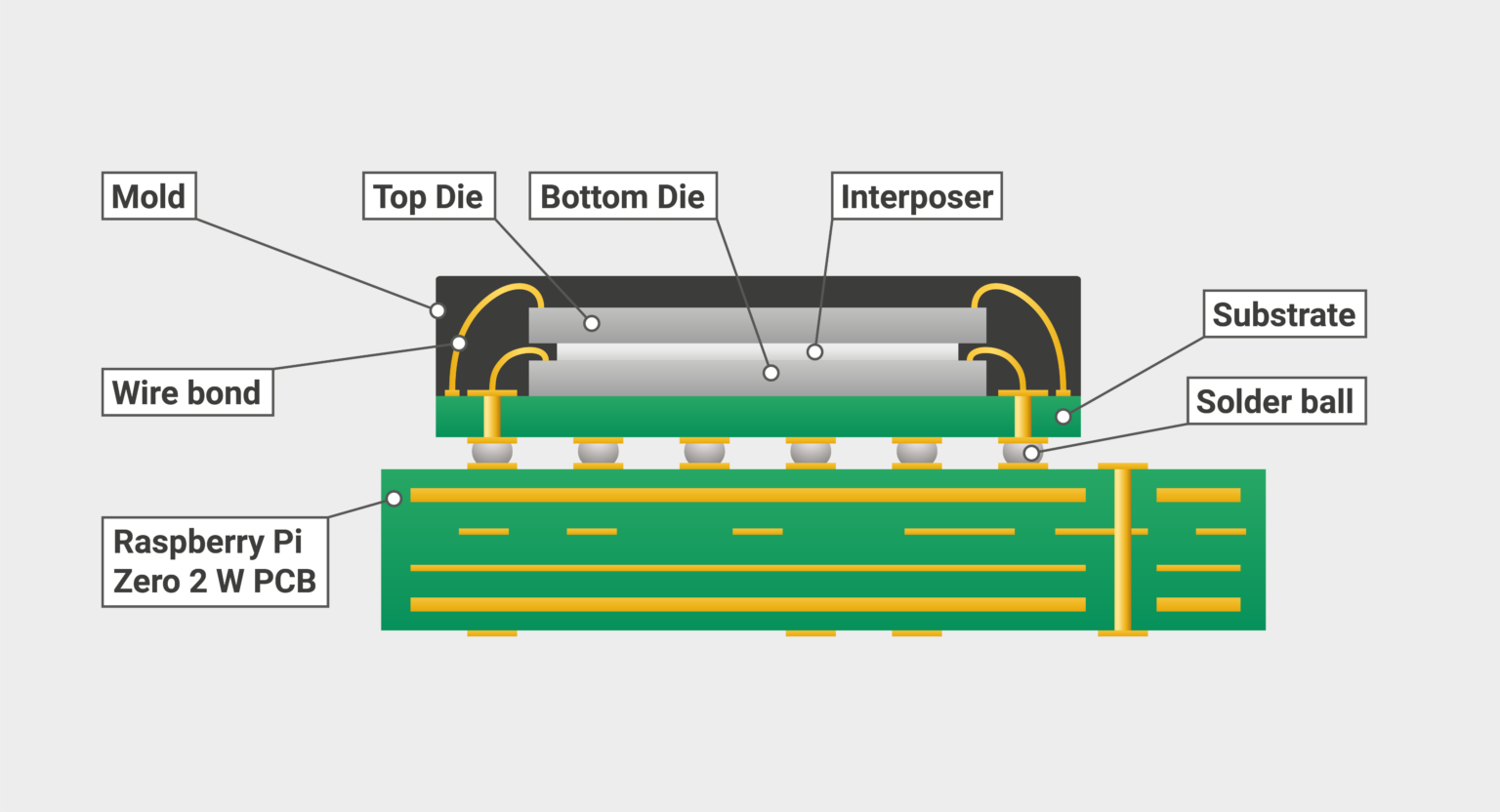
If we evaluate the SoC, then the Raspberry Pi 3 is closest to the third version of the “raspberry”. At the same time, the original Raspberry Pi Zero SoC was close in parameters to the first version of the Pi.
According to the developers, the performance of the new system is about five times higher than that of the previous version. This is all thanks to the use of a 64-bit Arm Cortex-A53 CPU.
We should also talk about graphics – the GPU supports OpenGL ES 1.1 and 2.0, which makes it possible to accelerate the decoding of H.264 and MPEG-4 video formats with 1080p30 quality. There is also the possibility of encoding for H.264. And this means the ability to connect to various video surveillance systems, including, of course, smart homes, etc.
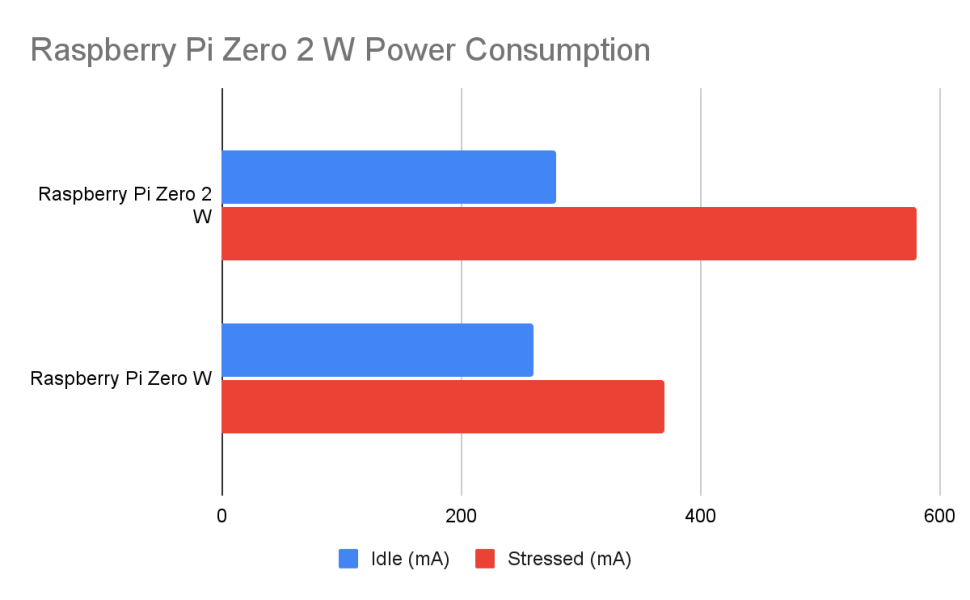
By the way, the board heats up as it is powerful enough. But this is not critical for its operation, since heat is efficiently removed using sufficiently powerful layers and removing heat from the processor. The chip can be overclocked from 1 GHz to 1.4 GHz, but the board will start to get very hot – up to 80 degrees Celsius. For cooling, it is worth using additional cooling systems – this will make the entire system more bulky.

This pleasure is not worth much – only $ 15.
Laptops with foldable screens are a very interesting topic, but we have other articles, check it out – we talk about:
→ Small “raspberries” in a large data center
→ Dynamic UPSs in data centers: how we installed Piller CPM300 double conversion
→ Disassembly of a rare beast from Nvidia – DGX A100
Dimensions and placement of elements
Dimensions are almost identical to previous versions of the Raspberry Pi Zero. Accordingly, the system can be used both in old projects, updating them, and in new ones. In addition, there is also a small connector for connecting a camera, as mentioned above. It is compatible with the official camera from the Raspberry Pi.
The layout of the elements is slightly different from the previous version, so not all previously released hulls and add-ons will work. But for the most part, backward compatibility is maintained, with a few exceptions.
Scope of the new “raspberry”
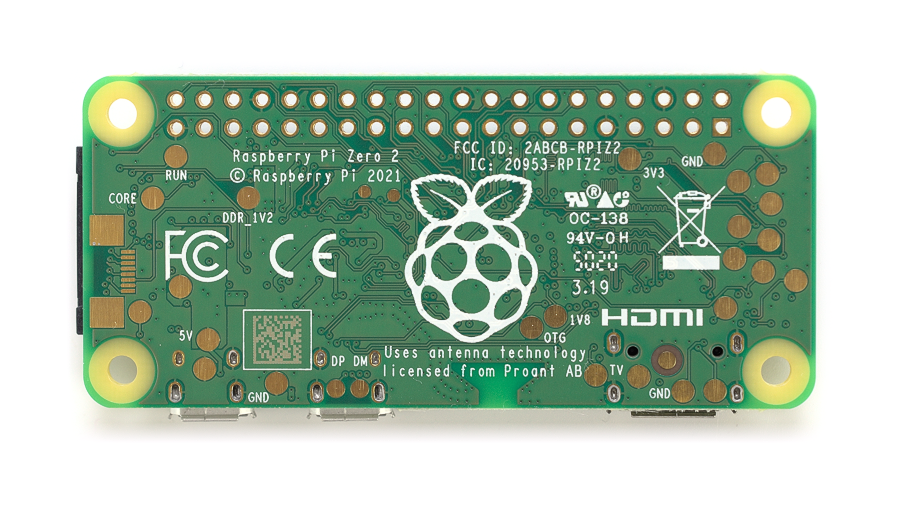
The scope of the device is not as extensive as that of the Raspberry Pi 1, 2, 3, 4. Despite the fact that the SoC of the novelty is similar to the Raspberry 3, you should not expect similar performance.
It will not work to develop a miniature desktop PC based on such a system. But the use of the system in a variety of DIY projects is quite possible. In addition, it “pulls” programming using Thonny, working with the web, and even a number of Minecraft Pi Edition games.
In addition, the board can be used in machine learning projects – although, of course, not in highly loaded systems.
But if you try to work with video, at least starting from 720p resolution, it will become clear that the Raspberry Pi Zero 2 W is not a panacea and not a universal board at all.
There are just a lot of opportunities here – from robotics, then video surveillance as part of a “smart home”, which was already mentioned above. Moreover, the size of the systems in which the new “raspberries” are built can be very small.
The ideal version of the project based on the new “raspberry” is some kind of robotic device. Typically, such devices do not require high performance, so the Raspberry Pi Zero 2 W is quite a suitable candidate for solving robotic problems.
According to the data of those who managed to test the board, it is compatible with such operating systems as:
• Diet Pi.
• Twister OS.
• Retropie.
More serious software either does not work at all with the Raspberry Pi Zero 2 W, or it works, but is buggy or extremely slow.
In the dry residue
The Raspberry Pi Zero 2 W can be considered an intermediate link between microcontrollers from the Raspberry Pi Foundation and single board Raspberry Pi 3 and previous versions. A performance limitation is, for example, a small amount of RAM without the possibility of an upgrade. But for $ 15, this is ideal – for those developers who know where and how to use such a device.

